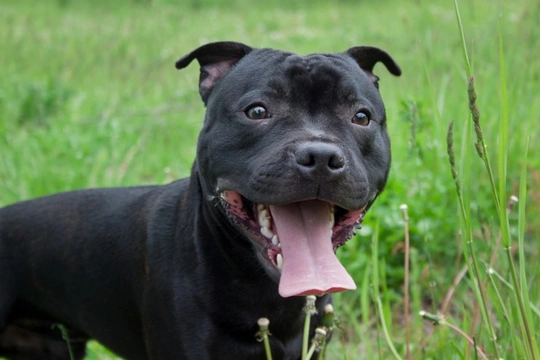
Five common misconceptions about popular dog breeds
Most of us build up a good level of familiarity with the dog breeds we see the most or that we own ourselves, and get to know their core traits and breed norms well enough to be able to discuss them in great detail with other enthusiasts.
A lot of dog owners are very knowledgeable about dogs in general, and can recognise a wide range of different breeds and types of dogs, as well as understanding their core traits and temperaments. However, there is always something else to learn, and you have to know dogs and dog breeds quite well to be able to build up a true picture of the main traits of any given dog type.
Learning about different dog breeds and types and knowing where to find reliable information about them isn’t always easy, and there are an awful lot of myths and misconceptions floating around about different dog breeds that often, do them a great disservice.
Being able to spot a stereotype in the rough and get to the truth of the matter can be a challenge, and in this article we’re going to bust five common misconceptions about some of the most popular dog breeds, and get the truth behind them. Read on to learn five misconceptions about popular dog breeds you might see around in the UK.
Greyhounds need a huge amount of exercise
First up, the greyhound – perhaps the best known and most popular sighthound breed of them all. Greyhounds are very fast dogs that can take off from a standing start and achieve running speeds of up to 45 miles per hour within just a few strides, and they can close in on and catch prey that they spot from a long way off.
However, being able to run really fast doesn’t also mean that greyhounds are hugely challenging to exercise and ensure that they get enough physical activity – in fact, quite the opposite.
All dogs need daily walks and enough exercise to meet their needs, and greyhounds are no exception. They need to be exercised and permitted to run freely and work off their excess energy every day – but this may take a lot less time than you might think.
Greyhounds are actually quite sedentary and have built up something of a reputation among those that know them well as massive couch potatoes. They are very quiet within the home, aren’t overly challenging to walk, and spend large portions of their days lazing around and chilling.
Bulldogs (and other bull breeds) can lock their jaws
The English bulldog is a hugely strong and very muscular dog breed that has a very powerful jaw, which can clamp onto things with huge strength and that would be impossible to open manually.
This leads many people to believe that English bulldogs (and some other bull breeds with strong jaws too) can lock their jaws; close them into a fixed position that cannot be moved or opened. This is not true; no dog can lock their jaw, but because the strength of a human would not be able to force a dog of this type to open their mouths, the misconception persists.
Yorkshire terriers are yappy and hyperactive
Yorkshire terriers are small, very affectionate little dogs that have acquired something of a reputation for being very vocal and yappy, and often, overly excitable and hard to manage. However, these are not breed traits in and of themselves, and Yorkies don’t have a natural tendency to being problematic.
Yorkshire terriers do tend to like the sound of their own voices and like most dogs, will bark if someone comes to the door or approaches the house. However, they only tend to be yappy and overly noisy if they have not been trained about appropriate barking, or if they are not receiving enough exercise and stimulation.
Yorkshire terriers make for great pets, but they also need a reasonable amount of exercise, lots of things to entertain themselves with, and plenty of company. A Yorkshire terrier (or any other dog) that does not have these needs met is apt to become a handful; but properly cared for and managed, Yorkshire terriers make for great pets.
Staffordshire bull terriers are aggressive
The Staffordshire bull terrier is one of the most popular dog breeds in the UK, and they’re a great fit for people from all walks of life. However, this is one of the most maligned breeds when it comes to perceptions about their temperaments and behaviour, and many people believe, totally wrongly, that Staffys as a whole are aggressive or unpredictable.
Any dog that is poorly managed or deliberately trained to be aggressive will of course behave in the way that they have learnt, but aggression is definitely not an innate breed trait of the Staffy. Staffordshire bull terriers actually make for pretty poor guard dogs as a general rule, because they are personable, affectionate, and tend to avoid confrontation.
They are also generally excellent with children, which is another myth busted too!
Poodles are highly strung and high maintenance
Poodles come in three size variants and this breed also forms an important part of many popular hybrid crossings too. Because poodles are very distinctive-looking dogs that are often groomed into elaborate coat shapes that require quite a lot of upkeep, many people assume that poodles are high maintenance and highly strung too.
However, this breed actually began life as a working dog, and the poodle is both highly intelligent and very energetic, which means that they need a lot of exercise and mental stimulation. Assuming that this is provided, poodles are well-balanced, very responsive dogs that take direction well and that are reliable and trustworthy in all manner of situations.
Whilst some of the more elaborate poodle haircuts are high maintenance in and of themselves, the poodle personality isn’t a difficult one or one that is problematic to work with!



